Targeted: Beirut
The 1983 Marine Barracks Bombing and the Untold Origin Story of the War on Terror
Targeted: Beirut authored by Jack Carr and James M. Scott, provides a full and insightful story of the American experience in Beirut in 1983 leading up to and after the devastating truck bomb attack on the Marine Barracks on October 23 at 0621 AM. In the largest non-nuclear explosion at the time ever recorded, this tragic event claimed 241 lives in an instant, and continues to reverberate today, influencing those affected, shaping foreign policy, and altering our understanding of the evolving character of war.
The authors present a vivid, meticulously researched narrative that brings to life the real experiences of the Marines amidst the complex, multi-layered story of the U.S. military's involvement in Lebanon. They illuminate not only the personal stories of those who were there, but in parallel, paint the landscape of the fragmented Lebanese society and the intense internal cabinet disagreements within the Reagan administration over how to broker peace and protect military forces. The book traces the origins of Hezbollah, emerging from the Israeli invasion of Lebanon in 1982, and its rise to prominence in the October bombing.
Whether you're interested in the on-the-ground experiences of the Marines or the internal policy debates within Reagan's administration, this book offers a comprehensive narrative. It primarily focuses on the story of the 24th Marine Amphibious Unit, the latest of units sent ashore as part of the multinational force in Lebanon. Tasked with the ambiguous mission of providing a "presence”, the Marines faced the daunting challenge of fostering stability in a fragmented and unstable country. The initial optimism of early 1983 quickly faded over the summer as their perceived neutrality eroded, placing the Marines in the middle of factional fighting and ultimately becoming the targets of the attacks.
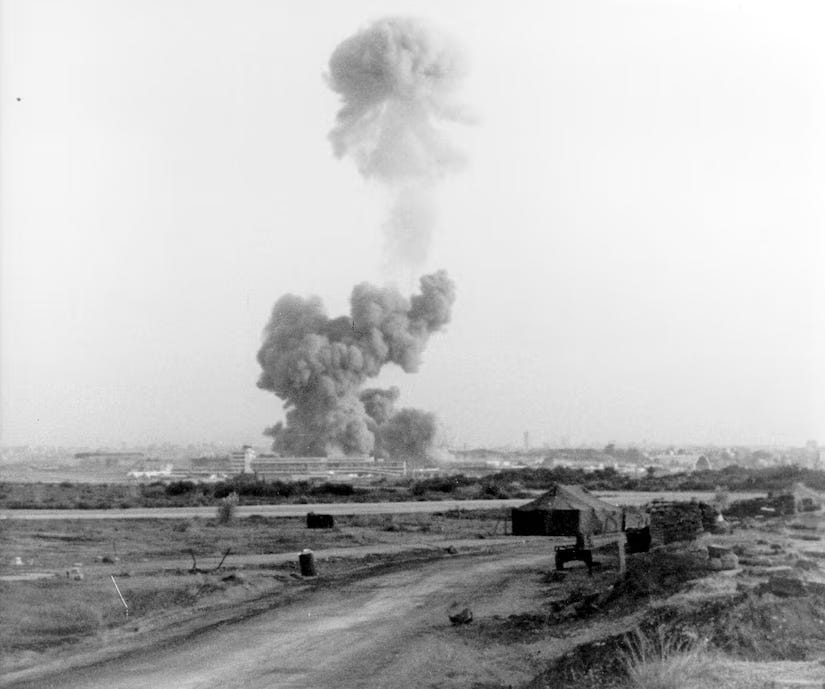
The authors expertly contextualize the deteriorating complex political, cultural, and religious landscape of Lebanon, which Secretary of Defense Caspar Weinberger remarked was "dissolving under our feet." Lebanon's mix of culture, religion, and dysfunctional governance, besieged by civil war and external influences from Iran, Syria, and Israel, forms the backdrop for the Marine's mission.
Through each page, readers can feel the growing frustration of the Marines as the situation deteriorates with each rocket and mortar attack. Carr and Scott poignantly convey this through the voices of the Marine commander, Colonel Geraghty, and a whole host of letters and comments from the Marines and sailors. Telling the story from their eyes, in their words, adds authenticity and perspective that often is missed in recounting historical events. The narrative reaches a powerful climax with the graphic retelling of recovery efforts and their physical and mental toll on the survivors. The intense focus on pulling comrades from the rubble, whether alive or dead, brings to the fore the personal impact beyond the numbers.
In a parallel track, Targeted: Beirut also provides detailed insights into the Reagan administration's conflicted policy process. The authors offer rich context, depicting the sharp internal struggles between those advocating for continued Marine presence in order to broker some sort of peace plan and those arguing for immediate withdrawal due to the lack of a viable military mission where the only thing certain is more needless casualties.
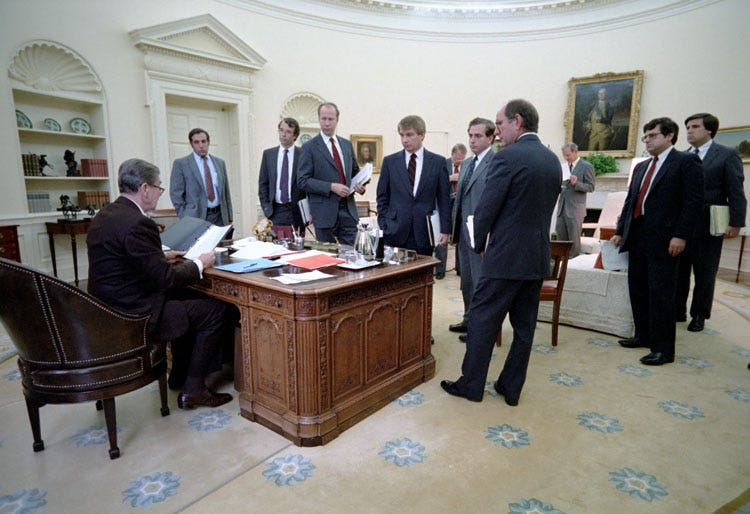
This book is Carr’s first non-fiction work in a new series, Targeted: which aims to tell the stories of significant military events. We can only hope that future books in the series maintains the quality and grit of storytelling as Targeted: Beirut. The book is easy to read, seamlessly guiding the reader through events in a holistic manner. The book opens with the car bombing of the U.S. embassy in Beirut on April 18, 1983, which many are less familiar with, but is a key event integral to the story of 1983. This first car bomb attack, which killed 63 people, including 17 Americans, also wiped out the CIA's station personnel, erasing crucial expertise and ties to intelligence networks in one blow that has consequences on how well we could understand the situation in Lebanon. Progressing chronologically, and switching between Beirut and Washington, the authors trace the escalating events leading up to the barracks bombing, the fallout, the subsequent investigation, and commentary on the lasting effects through to today. Carr and Scott present a complete picture that is relevant to today’s turmoil (still) in the Levant.
As expected, the post-event investigation conducted by the Long Commission is also covered. On November 6, 1983, Secretary of Defense Caspar Weinberger commissioned a panel led by Vice Admiral Robert L. J. Long to investigate the bombing. The commission found that the attack was innovative, representing "a new dimension of warfare” signaling the enduring challenge we will face in years to come. The Marine Barracks bombing heralded a new type of warfare for which the U.S. was ill-prepared. It marked the beginning of a conflict that continues today.
Who should read Targeted: Beirut?
Anyone who knows a veteran or is interested in understanding the story from the perspective of front-line Marines, sailors, and soldiers.
Those who want to understand the conflict in Lebanon, including its religious and cultural dynamics, as well as the armed militias involved.
Readers interested in learning about the roots of Hezbollah and the dynamics of modern-day terrorist groups.
Individuals who gravitate toward U.S. foreign policy and want to learn of the inner workings of the Reagan administration and their Lebanon policy debates.
In each of these areas, Target: Beirut offers valuable insights and is well worth your time.
Post Script:
I remember the events well, and I am sure many of you have your own memories of the bombing. For me, I was a lieutenant training in Quantico, waiting to graduate and join my first unit in the fleet. Although my focus was on training, the daily news drip from Lebanon was in our mind, and when the casualties started, it became more serious – in a few short weeks, that could be us. I remember Sunday morning, 23 October, and the days following, especially when the names of the fallen were released. One of them was a few years behind me in school and lived just a couple of doors down in my home neighborhood. In Quantico, our company paid homage to the lost with a moving ceremony ending with each of us, one at a time, planting our fixed bayoneted rifles in the ground and placing on it our helmets in tribute to the fallen. The bombing shaped our outlook and had lasting effect on the Marine Corps.
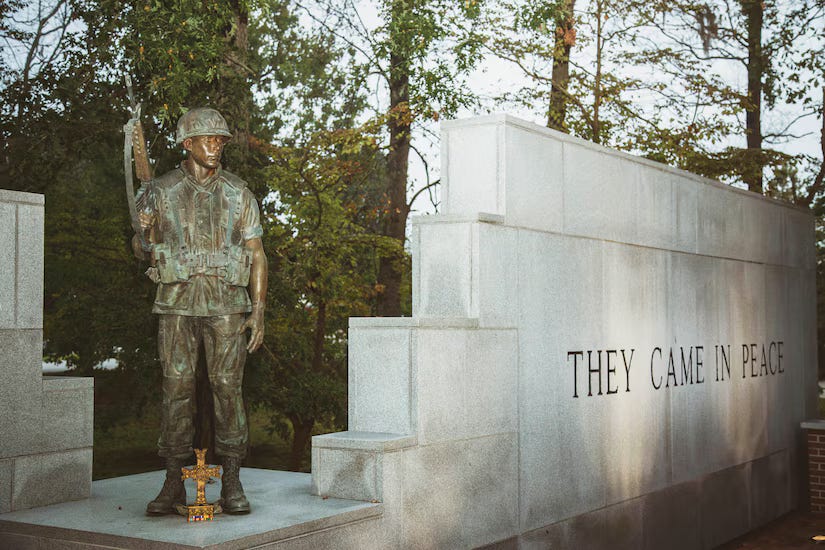
And today, on the 41st remembrance of the 1983 Beirut bombing, in which 241 Marines, sailors, and soldiers lost their lives in a terrorist attack, the veterans affirm their first duty is to remember. Although decades have passed, the memory of those events, their sacrifice, and the real costs of U.S. foreign policy remain vivid. This morning, and every year since 1983, veterans, families, friends, and others gather at the Beirut Memorial in Jacksonville, North Carolina, at 0600. They begin by reading the names of the 273 fallen one by one, and then pause at 0621 and 26 seconds for a moment of silence, marking the exact moment the bomb detonated. The ceremony fulfills the solemn promise made by the survivors of their first duty: to remember the fallen.
Tags: New Reads, Book Reviews





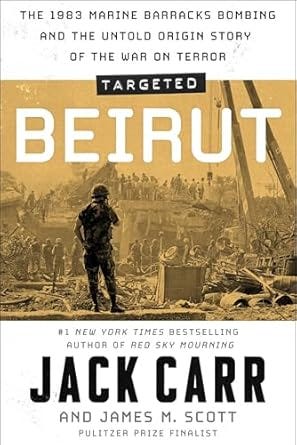
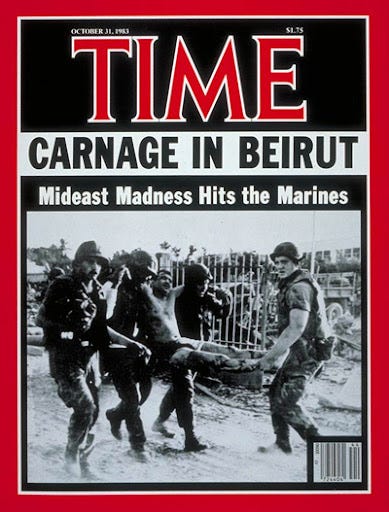
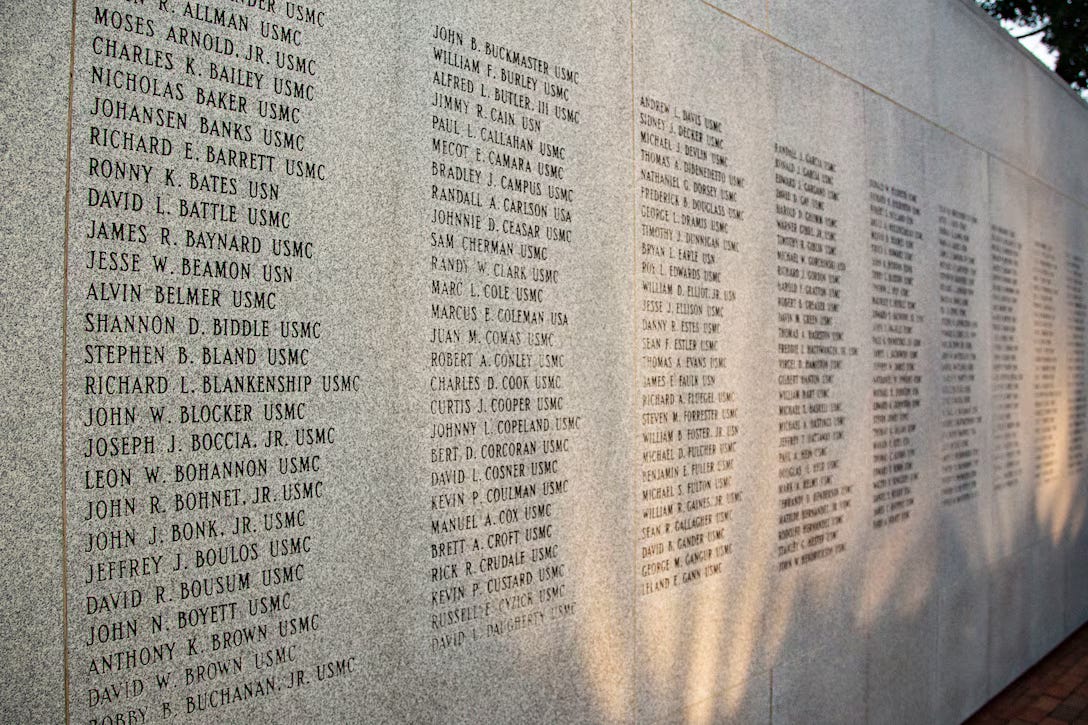
I was a few months behind Phil, having been commissioned as a Marine 2ndLt a few weeks earlier, by my father. The ceremony took place near the seawall of my childhood home in Northern Illinois, with "my" lake as the backdrop. It was a limbo time between college and the Corps while I waited for my TBS class to start. I remember seeing news of the bombing on TV and felt the gravity of the event but not the whole story. I had just a few more weeks before I departed for Quantico. It felt like an eternity.
I live outside Quantico now, some 40 years later and drove to a conference in Chicago last week. While there, I had a chance to stand on that seawall where I spent so much time as a youth. Beirut was on my mind. I had just listened to the first ten or so hours of "Target: Beirut" on Audible and the current news was packed with reports of Israel striking Hezbollah in Lebanon. I wish I could have read this book in November of 1983. It's a well researched and well written history of the months leading up the attack and the days and weeks after. I highly recommend it. It drives home the importance of reading for context and the necessity for young military professionals to continually search for that context as they form their leadership styles and approach to tactical challenges. Three short years later, I embarked on amphibious shipping in the Mediterranean with 24th MEU as the BLT 2/4 Intelligence Officer.
“In the largest non-nuclear explosion at the time ever recorded, …”
Not to minimize the Beirut attack, but maybe check out:
Port Harbor- 7/17/44 4600 tons of explosives
USS Mount Hood - 11/10/44 - Seeadler Harbor, Papua New Guinea
Most devastating of all… SS Mont Blanc 12/6/17 - Halifax, Nova Scotia - over 1700 killed, thousands injured… the equivalent of 2.9 kilotons TNT. Excellent book about this:
The Great Halifax Explosion: A World War I Story of Treachery, Tragedy, and Extraordinary Heroism by John U. Bacon